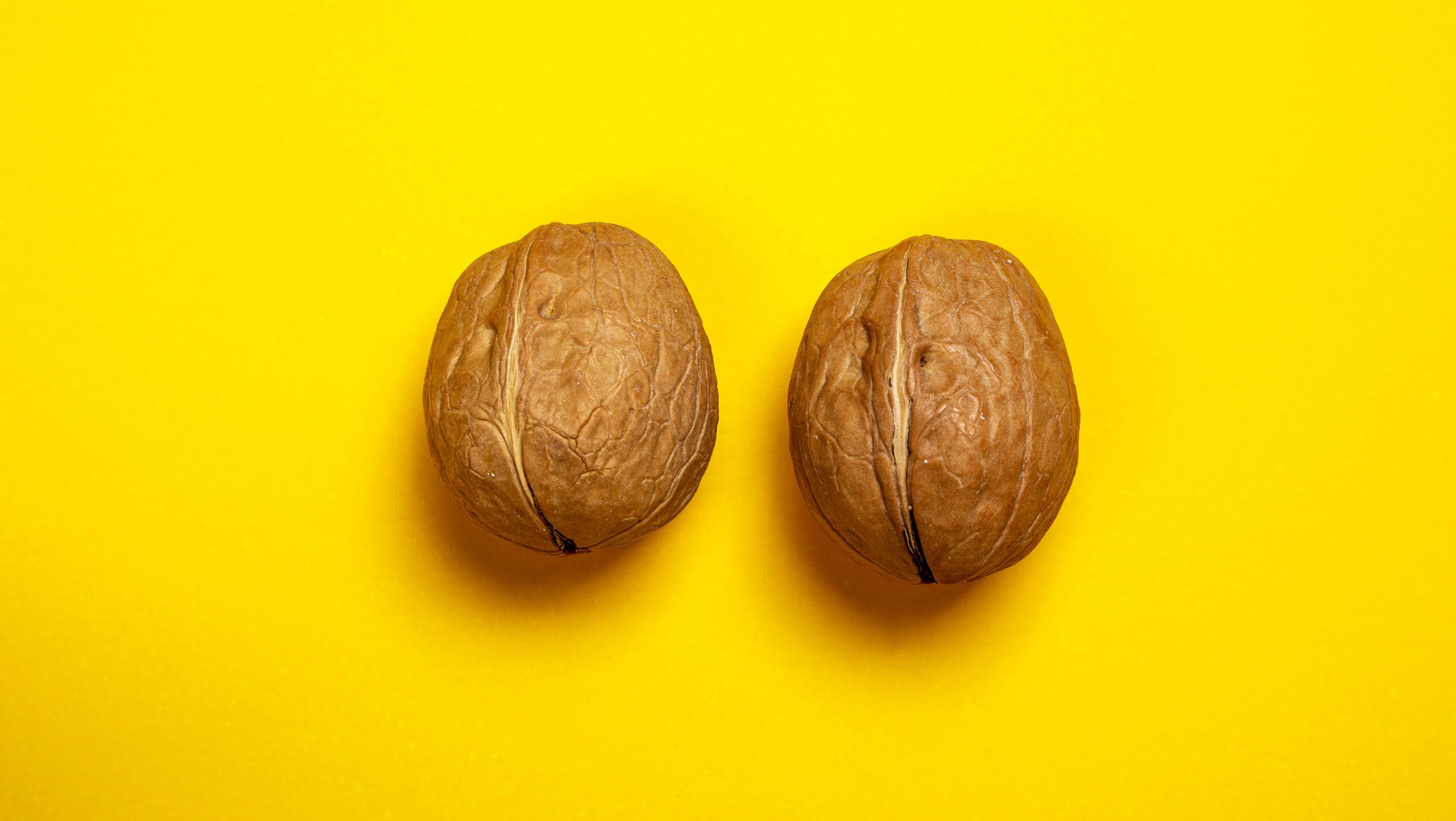What’s between your legs is nobody’s business but yours. But if you have a dick and balls and want to make your package invisible sometimes, you’re in luck: You can tuck.
Tucking is the magical process of hiding your junk, and is staple among many trans women, non-binary people and drag performers.
The art of tucking goes like this: Gently slide your testicles inside you, wrap your scrotum around your penis and tuck the whole package in between your ass cheeks. Then hold it all in place with your fastener of choice: medical tape, tight underwear or a gaff—a sewn piece of fabric designed for exactly this purpose.
Queer folks have been tucking for generations. But the proliferation of online queer spaces has made it easier than ever to learn how to tuck at home, whether or not you have queer elders in your town to teach you. Stacy Fatemi shows you how tucking works in their excellent YouTube tutorial, How to Tuck: A Comprehensive Guide. If reading is more your speed, check out Diana Tourjée’s “The Girl’s Guide to Tucking Your Dick” for Vice and Kaleb Oliver Dornheim’s “How Does Tucking Work and Is It Safe?” for Healthline.
You might want to tuck to feel more like yourself, to lessen dysphoria or as a safety measure to make it harder for assholes to clock you as trans. “If done correctly, your clothing will fit better, your self-confidence will grow and you will potentially face less discrimination,” writes Tourjée.
Alternatively, you might want to tuck as part of drag performance. Or maybe you’re just curious about what your body can do.
Katherine Gardner is a queer family medicine physician who cares for many patients who tuck. “Lots of people come in with a lot of fears. The skepticism and concerns are largely based in society’s way to enforce behaviour and discourage people from doing stuff that society deems shameful,” she says. “Tucking is perfectly safe. It’s extremely important and affirming. Those benefits far, far outweigh any potential risk.”
While there isn’t much longitudinal research on tucking, it is, as Gardner says, considered safe.
Xtra asked Gardner to walk us through the most common questions she gets from patients.
If I tuck, where do my balls go? Is it true they go inside me?
There’s a few different ways you can tuck, but one is by putting pressure on the testicles so they travel up through this canal in that fold on either side of the groin. That’s called an inguinal canal. That canal is actually a remnant of an important process that happened during fetal development, and that’s how the testicles traveled down into the scrotum from growing in the abdominal cavity.
Most babies who have testicles when they are born had both testicles travel down from their abdomen into their scrotum. However, some babies don’t. In a percentage of human beings, one or both testicles don’t fully descend—someone could have a testicle still in their abdomen or partially in that canal.
In any case, as adults, a few things travel through the inguinal canal, like blood vessels. It’s a space that something like a testicle could travel through.
Am I going to get a hernia?
The answer is no, as far as we know. There isn’t any increased likelihood that people who tuck get hernias. However there isn’t the science to back that, which is unfortunate. We need more research dollars for folks who tuck, folks who bind. But at least anecdotally, there isn’t any evidence that that happens more often in people who tuck.
Do I need to worry about twisting my testicles?
Also no. Anecdotally, there are no increased cases of testicular torsion [when the testicle twists on itself] in people who tuck. There was one case report describing a person who experienced testicular torsion due to tucking, but the authors wrote that, after an extensive literature search, they couldn’t find any similar cases.
Am I at a higher risk of a UTI if I tuck?
No. I’m taking care of a lot of people in this position, and in my clinical experience this risk must be extremely low because I haven’t seen any complications from tucking.
Does it hurt to tuck?
Tucking may be painful for people. Sometimes that gets better over time, and sometimes it doesn’t. Everybody’s anatomy is slightly different. Testicles are different and inguinal canals are different. How bodies are innervated—how nerves travel to that part of the body—is different.
What if it does hurt?
If someone is experiencing pain while tucking—and if it happens every time—they should talk with their doctor. If somebody is experiencing so much discomfort that tucking is not something they can continue doing (and if it’s really important to them for gender affirmation), that would be a really important reason to consider whether orchiectomy [a surgery in which one or more testicles are removed] would be a valuable thing for them.
How does hormone replacement therapy affect tucking?
When people take estrogen and a testosterone blocker, they can expect about 40 percent shrinkage of total testicular volume over several years. I usually tell people to think of them becoming about half the size over three to five years. That would make tucking a little bit easier.
What if my skin gets irritated?
The groin has super sensitive skin, which makes skin irritation common whether or not you tuck. The first thing to try is being really gentle with the skin. As best you can, wear more cotton-y material around the groin. Do the real basics: Avoid scents, or scented lotion.
If you have a rash that persists for more than a week, I’d see a doctor about it. You might need an antifungal or a topical steroid ointment.
But people can experience that discomfort in their groin with anything they do with their groin. What I would say—or what’s helpful to know for people who aren’t tucking—is that the things happening with their groin aren’t mysterious.
Does tucking affect fertility?
The honest answer is we don’t know. But we can extrapolate from other things we do know.
One of the reasons testicles are not inside the body is that, for sperm to live and grow, it has to be at a slightly lower temperature than body temperature. It’s a bizarre thing. So when the testicles are warmer, when they’re body temperature, spermatogenesis [the production of new sperm] decreases. Studies have shown that people who wear briefs instead of boxers actually have a slightly lower sperm count. That’s because the testicles are kept a little bit warmer. It’s also true of people that spend a ton of time in jacuzzis, and of cyclists because they wear tight clothes that keep testicles close to their bodies and compressed on the bike saddle.
There’s all this literature about cyclists and people spending time in the jacuzzi, but no literature about tucking.
Likely there’s a bit of a decrease in sperm count with tucking. But it’s not a sterilizing thing. If you are involved with someone who could get pregnant and that’s not what your goal is, that’s important to know!
It’s a slight decrease but not a dramatic one. What we know about people who spend time in hot tubs and who wear briefs and who have a concern about fertility (where they’re trying to boost sperm count for whatever reason), doctors will ask that person to switch underwear, avoid hot tubs and avoid cycling to see if they can boost the sperm count just a little bit.
Someone said I should bank my sperm before I tuck.
That’s ridiculous. I would assume that if you had an ability to measure someone’s exact sperm count when they were not tucking and hadn’t been for several months versus when they were tucking consistently for a number of months, my guess is that you would be able to detect a lower sperm count. But, again, not in a way that is sterilizing. Not zero or even close.
To say otherwise is to use the science of medicine to manipulate people into not doing what they need to do for themselves, to force them into feelings of fear and shame.
People with testicles who’ve been taking hormones for gender affirmation and then are wanting to use their sperm—whether it’s banking, with a partner or donating—if they’re going off hormones, you can really tell in the appearance of the ejaculate whether there’s sperm in there. When people tuck, it’s not like their ejaculate becomes clear. A lot of the colour of ejaculate is actually the sperm in there.
That’s also a good rule of thumb when we’re talking about fertility. When can you think that you’re fertile again, when can you start trying? Take a look at your ejaculate. As it gets a little less clear over time, a little more opaque, then that’s when you should go for it.
Any final words?
Tucking is perfectly safe. It’s something you can enjoy.
This interview has been edited for length and clarity.


 Why you can trust Xtra
Why you can trust Xtra


